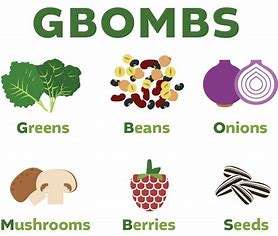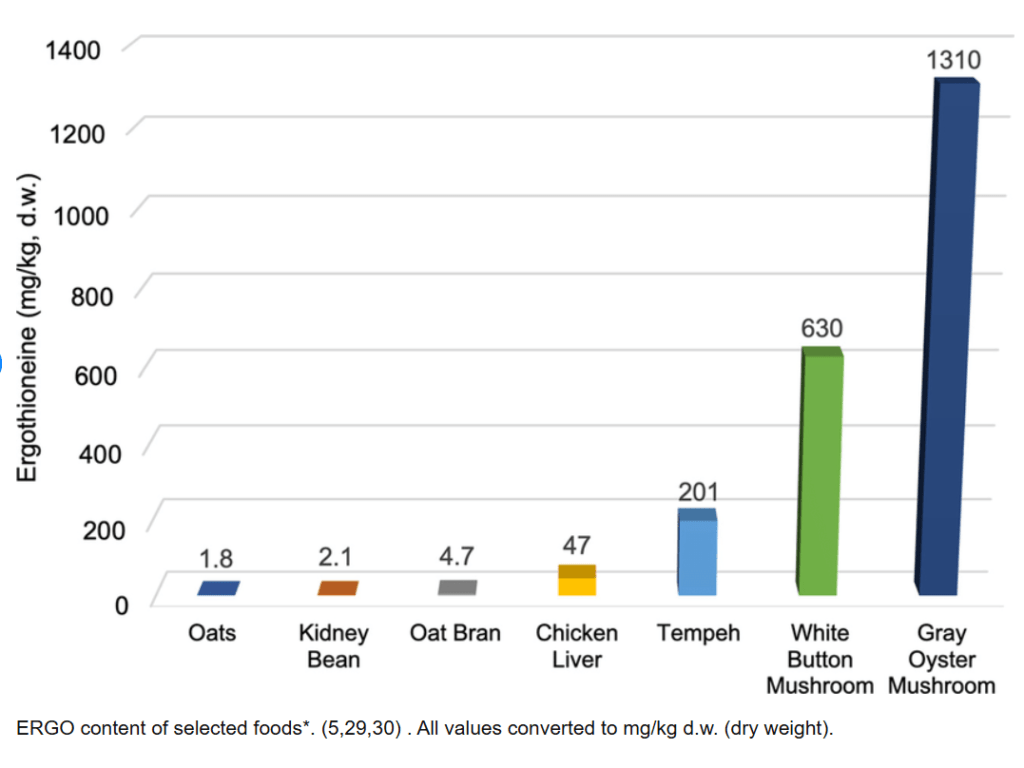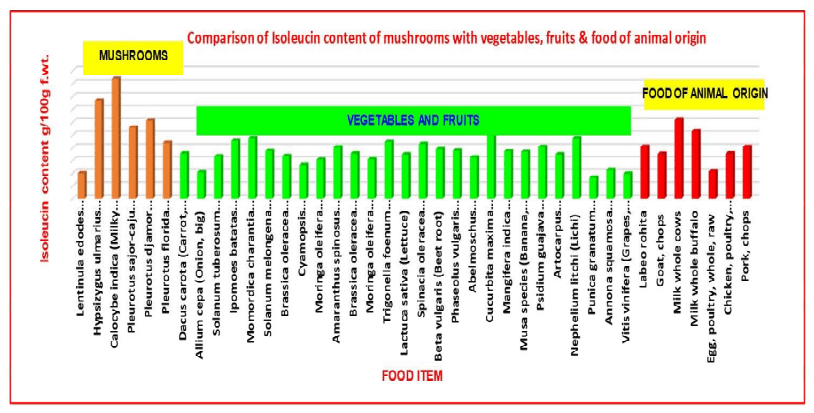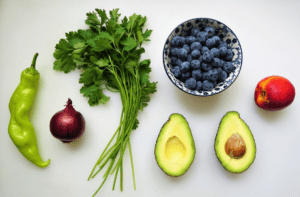Mushrooms have been high on the nutrition trends list for a while now. I remember prior to 2015 it seemed like mushrooms were some kind of empty calorie topping you might put on your pizza, but fast forward to today and there is a massive industry based upon mushroom supplements, drinks, and tonics. Today they’re at the center of a booming supplement and wellness industry, projected to reach $19.33 billion by 2030 [Market Research Future, 2023]. The first place I heard that mushrooms packed a serious nutritional oomph was when Dr. Fuhrman changed his ‘Greens and Beans’ mantra (that’s where we got it!) into G-BOMBS: Greens, Beans, Onions, Mushrooms, Berries, and Seeds. The shocker for me with this update was; how did mushrooms make it onto that list?

We now know that mushrooms are a superfood. They improve your immune system, microbiome, decrease inflammation, improve exercise recovery, and lower your cholesterol [Journal of Nutrition, 2021]. And that may not be all! In listening to Dr. Greger’s ‘How Not To Age’, I learned that mushrooms are also by far the richest dietary source of ergothioneine, an amino acid with a whole host of benefits we’re only beginning to understand. Ergothioneine is the single nutrient most associated with longevity, and is currently being tested as a direct treatment for aging. Not an individual disease, the actual aging process itself. Some researchers are even advocating for its classification as a new vitamin – potentially the first such designation since vitamin B12 in 1948 [American Journal of Clinical Nutrition, 2023].

The Muscle-Building Connection
What’s particularly exciting for fitness enthusiasts is mushrooms’ protein profile. While low in overall calories, mushrooms pack a protein punch: 54% of their calories come from protein [USDA Database, 2023]. Their amino acid composition is notably favorable, with a biological value (protein quality score) higher than most plant sources. Crucially, they’re rich in leucine and isoleucine, the primary amino acids involved in triggering muscle protein synthesis, while being low in the amino acid methionine, which has been implicated in many of the negative health outcomes you see with animal proteins. [Nutrients Journal, 2022]. So; low calorie, high protein, lots of leucine, not much methionine. So far, so good!

There are two main limitations to consider. First, mushrooms’ low calorie density means you’d need to eat a lot to match the protein content of traditional sources – for example, 100g of white button mushrooms contains 3.1g of protein compared to 17.3g in 100g of tofu [USDA Database, 2023]. Second, they tend to be more expensive than other protein sources.
While mushrooms won’t likely replace staples like beans and tofu in a plant-based athlete’s diet, their impressive protein-per-calorie ratio, optimal amino acid profile, and ergothioneine content make them a valuable addition to any nutrition plan focused on both performance and longevity. What’s your experience with mushrooms? Have you noticed any benefits from increasing your intake? Share your thoughts and favorite mushroom recipes in the comments below!



